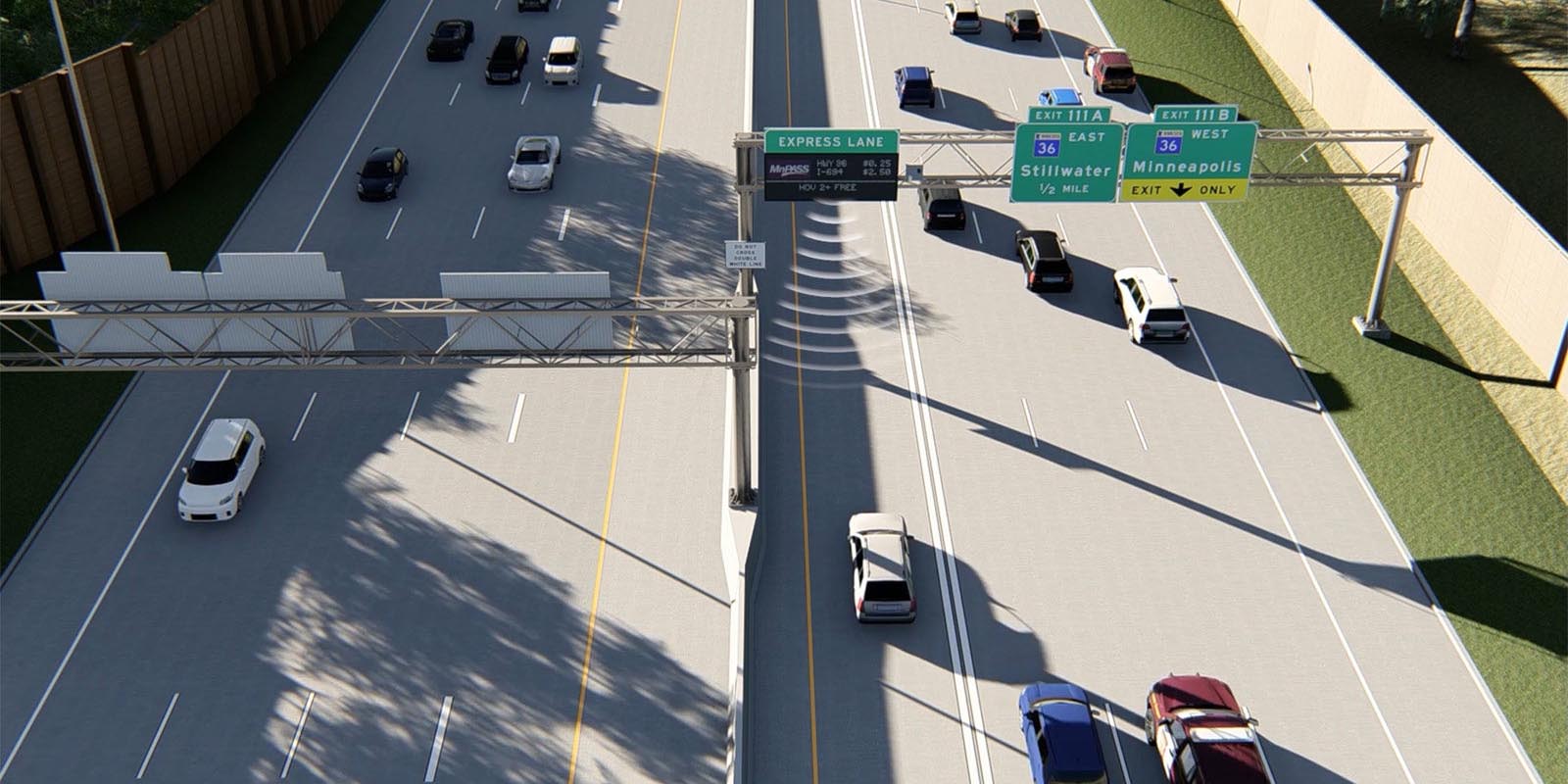Cities are the societal centers of economic activity and cultural exchange. However, the increase in extreme weather, terrorist attacks, and socio-economic disparities have made the need for resilient cities more urgent than ever. As a concept that centers on the use of technology to improve efficiency, safety, and sustainability, smart cities are changing the way cities operate and how people live their everyday lives.
What is a smart city?
A smart city utilizes digital technology and alternative design concepts to better manage their resources and the different aspects of urban life, including transportation, public safety, energy, waste management, and healthcare. These technologies and concepts utilize data, which is then analyzed and used to improve urban services, optimize resource consumption, and enhance citizens’ quality of life.
Smart city benefits
Smart city benefits can contribute to resiliency in various ways:
- Through real-time monitoring of weather and climate, smart cities can predict disaster risks and plan emergency responses. This enhances their preparedness to deal with catastrophic events such as earthquakes, floods, and hurricanes.
- Smart cities can enhance transportation systems’ resiliency by improving traffic flow, reducing congestion, and optimizing public transit services. These improvements can facilitate emergency vehicle access and evacuation processes during disasters.
- Public safety can be improved through surveillance cameras and sensors that detect suspicious activities and alert law enforcement. Real-time communication tools can also be used during emergencies to provide citizens with critical information and help coordinate rescue operations.
- Smart cities can also strengthen energy security and resilience by implementing renewable energy sources and smart grids. Electric power outages are a common occurrence during disasters, but smart grids can detect and reroute electricity to minimize power outages’ impact.
- A smart bus system that uses GPS, cameras, and sensors to monitor traffic and provide real-time data helps to identify potential congested areas and reduce bus congestion.
Smart city projects
Transportation
One of the most significant projects in smart cities is intelligent transportation systems. These systems use data from sensors and other sources to monitor and manage traffic flow, reduce congestion, and enhance road safety. Recently SRF worked with MnDOT to conduct a Connected and Automated Vehicles Study on US Highway 52, which runs through the heart of Minnesota, including the St. Paul metropolitan area. As a result of the study, the recommended CAV applications included the expansion of MnDOT’s existing intelligent transportation system deployments as well as innovative transportation technology solutions involving machine vision and learning, third-party data, data fusion and integration, and custom information portals. MnDOT will use the findings from this study to guide future CAV research, planning, investments, and deployments along Highway 52 over the coming years and address safety challenges and improve the lives of Minnesotans by advancing safety, reducing transportation barriers, and creating a more efficient transportation system.
Public Safety
Smart cities are using technology to enhance public safety. They are implementing projects such as intelligent surveillance systems that monitor public spaces, detect and respond to emergencies, and reduce crime rates. For example, SRF developed an innovative tool to help the Minnesota State Patrol enforce MnDOT’s E-ZPass high-occupancy toll lanes in the Twin Cities metropolitan area. The E-ZPass Enforcement Assistance System (EASy) uses image capture and enforcement beacon technology to provide officers with a second set of eyes so that a single trooper can better enforce E-ZPass lane use.
Water Management
Another challenge facing urban areas is water management. Smart cities are implementing projects to manage water resources and environmental planning more efficiently, reduce water waste, and improve water quality. SRF frequently works with communities and watersheds to incorporate green infrastructure solutions into their urban projects. For example, SRF led the Capitol Region Watershed District (CRWD) and City of St. Paul through a feasibility study of implementing shared, stacked-function, green infrastructure (SSGI) to support redevelopment of the future MLS Allianz Field site at a busy urban intersection. SRF refined SSGI concepts and other data generated from a thorough stakeholder engagement process. Data analysis and modeling was then used to determine whether the concepts could meet stormwater treatment regulations and estimate potential runoff volumes available for reuse. These concepts were then integrated into Allianz Field’s overall stormwater management system design.
Energy
Smart cities are always looking for ways to reduce their energy consumption and carbon footprints. To achieve this, they are implementing projects such as smart grids and energy-efficient buildings. Smart grids use technology to monitor and manage the distribution of energy while minimizing waste. Energy-efficient buildings use insulation, smart lighting, renewable energy, and other features to reduce energy usage. Additionally, designing and constructing buildings to incorporate green technologies such as solar panels and green roofs can reduce energy consumption and improve resiliency in the face of energy interruptions.
Smart city projects are gaining momentum as an innovative solution for addressing the challenges facing our growing urban areas. Building smart cities requires collaboration between city officials, engineers, and technology providers and by using technology to promote sustainability and resiliency, smart city leadership can improve quality of life for residents, reduce resource consumption and costs, and create a more efficient and effective urban system. Through the implementation of various projects, these communities are becoming more sustainable, efficient, and safe. Investing in smart city technologies is an essential step towards building resilient communities that can withstand adversity and respond quickly to growth and change.

